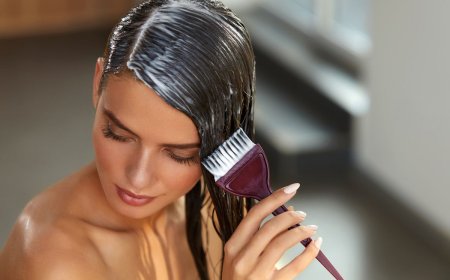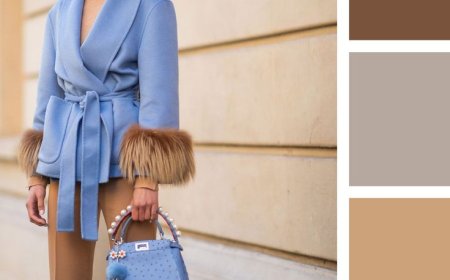What Is Chelating Shampoo? The Secret to Detoxed Refreshed Hair
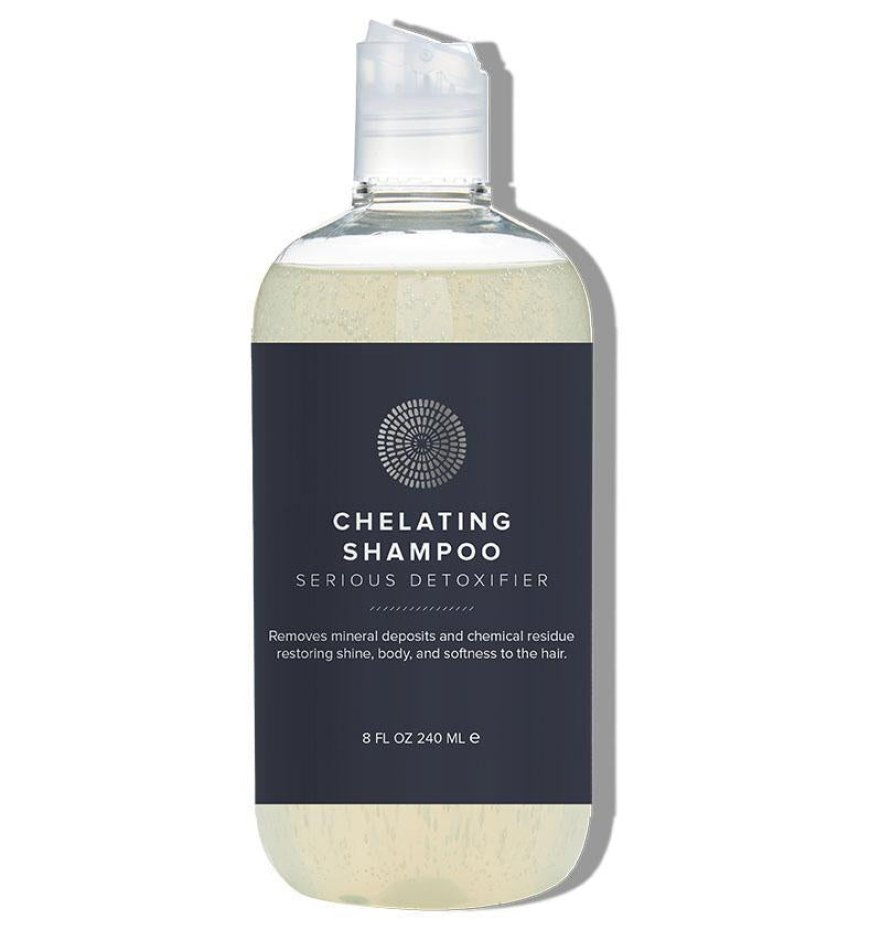
In the ever-evolving landscape of hair care, the array of products available can often lead to confusion. Among these, chelating shampoos have emerged as a specialized solution, garnering attention from both consumers and professionals alike. But what exactly is a chelating shampoo, and how does it differentiate itself from conventional shampoos? This article delves into the intricacies of chelating shampoos, elucidating their mechanisms, benefits, and practical applications for those seeking rejuvenation for their tresses.
Understanding Chelation: The Chemistry Behind the Cleanse
The term "chelation" derives from the Greek word "chēlē," meaning "claw." In a chemical context, it refers to the bonding of ions and molecules to metal ions. Chelating agents are substances that form complex molecules with metal ions, rendering them less reactive and more easily excreted. In the realm of hair care, chelating shampoos employ this principle to remove stubborn mineral deposits and product buildup, offering a profound cleansing experience. Unlike standard shampoos that primarily focus on removing dirt and oil, chelating shampoos target specific impurities, particularly metallic residues often derived from hard water or certain styling products. Common metals that can accumulate include calcium, magnesium, iron, and copper. These metals can cause discoloration, texture changes, and overall dullness in hair, making chelating shampoos a valuable addition to a comprehensive hair care regimen.
Unmasking the Benefits: Why Use Chelating Shampoo?
The advantages of incorporating a chelating shampoo into one's hair care routine extend beyond mere aesthetics. Below are several compelling benefits that highlight the utility of these specialized shampoos:
Deep Cleansing Action
Chelating shampoos excel at penetrating the cuticle layer of the hair strand, effectively dislodging and removing built-up residues. This deep-cleaning action is critical for individuals who regularly use styling products or reside in areas with hard water. The result is often hair that feels lighter, bouncier, and revitalized.
Improved Hair Health
By eliminating unwanted minerals and buildup, chelating shampoos pave the way for improved hair health. This is particularly impactful for those with chemically treated or color-treated hair, as a clean slate allows for better absorption of nourishing ingredients found in conditioners and treatments.
Enhanced Color Vibrancy
For anyone who colors their hair, the cumulative effect of minerals can lead to a muted hair color over time. Chelating shampoos can restore vibrancy by removing these obstructive particles, making hair color appear more saturated and luminous.
Addressing Specific Hair Concerns
Individuals with particular hair concerns—such as excessive oiliness, dryness, or frizz—may find significant relief through the use of chelating shampoos. By targeting the specific buildup causing these issues, individuals can achieve a more balanced hair environment, facilitating smoother styling and reducing the frequency of issues such as tangling.
Navigating the Usage: When and How to Readily Apply Chelating Shampoo
While the merits of chelating shampoos are evident, their application requires a discerning approach to maximize their effectiveness without compromising hair integrity. This section explores the recommendations for usage, frequency, and potential pitfalls to avoid.
Should the Curative Experience Be Regular or Occasional?
Identifying the appropriate frequency for using a chelating shampoo can be somewhat contentious. For individuals who experience high levels of buildup—whether from frequent swimming in chlorinated pools, regular use of hair products, or living in areas with hard water—usage may be warranted every two to four weeks. Conversely, those with minimal exposure to these factors may only need to utilize a chelating shampoo every couple of months.
Technique Matters: Application for Optimal Results
The manner of application can significantly influence the outcome. Begin by thoroughly wetting the hair to prepare it for cleansing. A small amount of chelating shampoo—about the size of a quarter—should be applied to the scalp and roots first, allowing for a good lather. It is essential to spend adequate time massaging the scalp to ensure the removal of buildup. Following this, the conditioner or treatment applied subsequently should be enriched with moisturizing properties to reverse any potential drying effects caused by the chelating agent.
Cautions and Considerations
While chelating shampoos provide numerous benefits, they should be used judiciously. One must be cautious of overly frequent application, which may lead to dryness or brittleness. Individuals with particularly sensitive scalps or chemically-treated hair should consider consulting with a professional before introducing chelating products into their regimen.
Exploring Alternatives: Clarifying vs. Chelating Shampoos
For those navigating the world of cleansers, it is essential to differentiate between clarifying and chelating shampoos. While both aim to cleanse the hair deeply, their mechanisms differ. Clarifying shampoos remove surface-level residue and buildup, whereas chelating shampoos provide a more in-depth cleansing of metal ions. Understanding this distinction is crucial for an individual’s hair care strategy. A clarifying shampoo may often suffice for lighter product users, while chelating options become indispensable for those confronting persistent buildup or discoloration.
Conclusion: Embracing Hair Detoxification
In summary, the foray into the world of chelating shampoos reveals their multifaceted nature and broad applicability in hair care. These products serve as powerful allies in combating buildup and promoting hair health, with implications that extend beyond aesthetic appeal. For individuals grappling with the ramifications of hard water, chemical treatments, or product accumulation, incorporating a chelating shampoo into one's routine may unlock a new chapter in the quest for luscious, invigorated hair.
What's Your Reaction?
 Like
0
Like
0
 Dislike
0
Dislike
0
 Love
0
Love
0
 Funny
0
Funny
0
 Angry
0
Angry
0
 Sad
0
Sad
0
 Wow
0
Wow
0

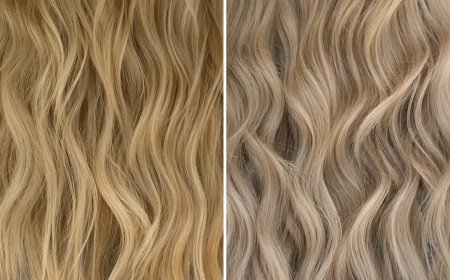
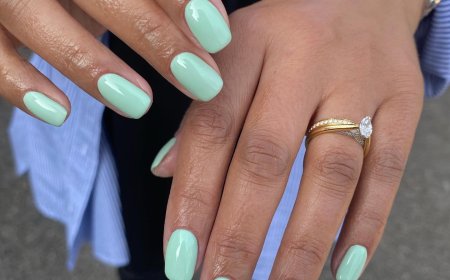
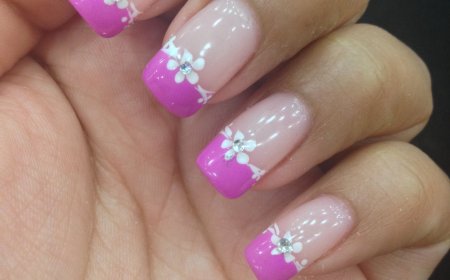

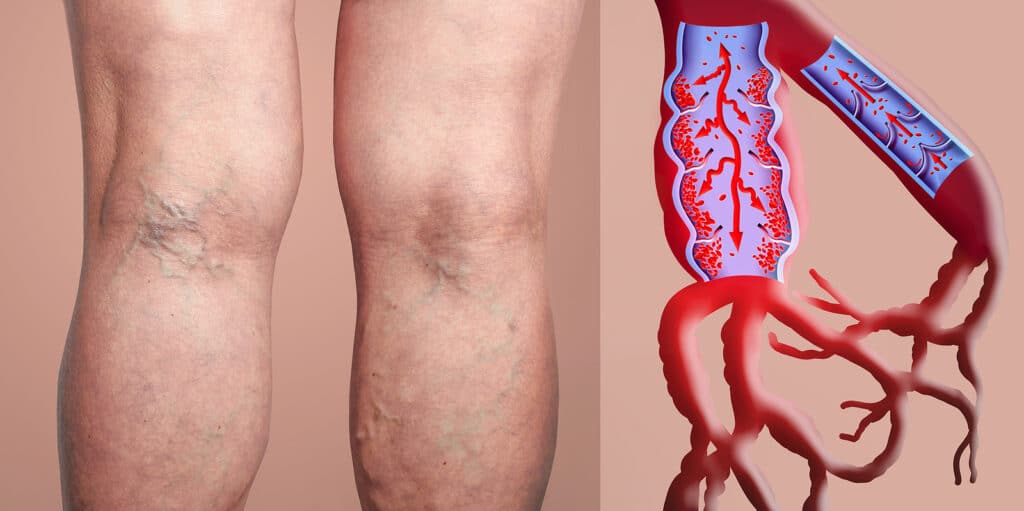

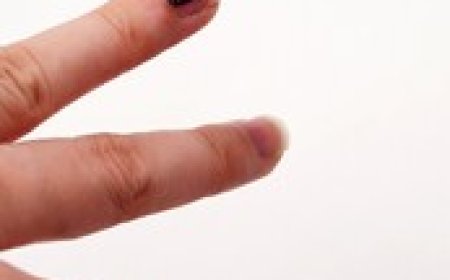
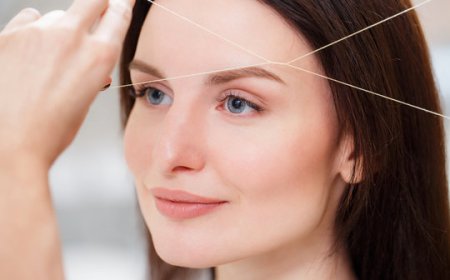
:max_bytes(150000):strip_icc()/drugstore-retinol-creams-tout-f76b9d2796e34eaa8376801c83fb1888.jpg)
